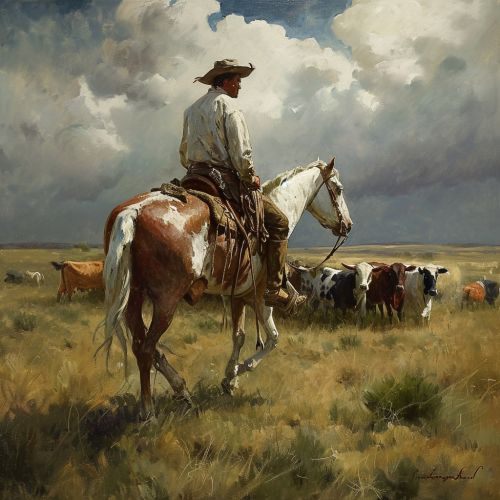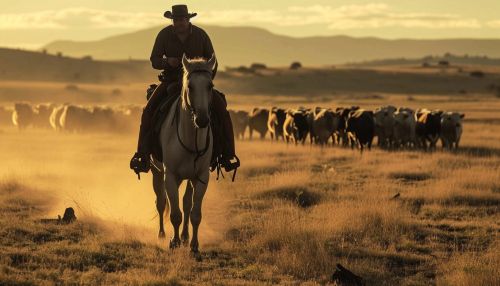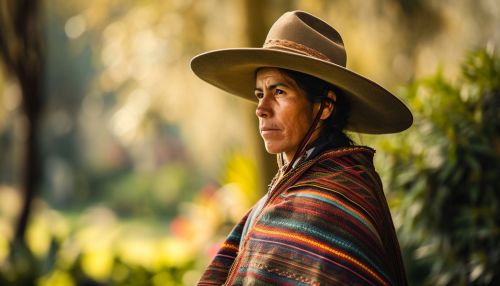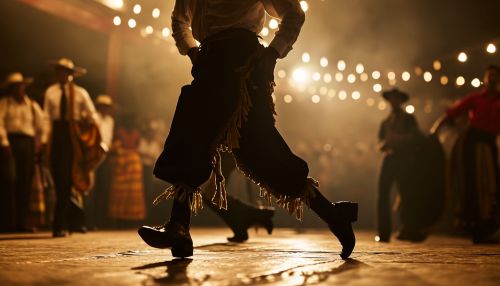Gaucho culture
Origins and History
The Gaucho culture, a rich and vibrant tradition, originates from the South American pampas, or lowlands, spanning across Argentina, Uruguay, and the southernmost Brazilian state, Rio Grande do Sul. The term "Gaucho" was initially used in the 18th century to refer to the semi-nomadic horsemen and cattle herders of these regions. The Gauchos played a significant role in the South American wars of independence and have since become a symbol of national pride and identity, particularly in Argentina and Uruguay.


Lifestyle and Occupation
The Gauchos were traditionally nomadic, moving with the seasons and the availability of wild cattle. They were skilled horsemen, known for their ability to survive in the harsh conditions of the pampas. Their main occupation was cattle herding, and they developed unique methods for hunting, tracking, and taming wild cattle. They also practiced agriculture, growing crops such as maize and squash. The Gaucho lifestyle was characterized by a strong sense of independence, self-reliance, and a deep connection with nature.
Gaucho Attire
The traditional Gaucho attire is distinctive and practical, designed for life on the pampas. It typically includes the bombachas de campo (baggy trousers), a wide-brimmed hat, a poncho, and a facon (large knife). The bombachas were ideal for horse riding, and the poncho could serve as a saddle blanket, a sleeping bag, or protection from the weather. The facon was a multipurpose tool, used for everything from preparing food to settling disputes.


Cuisine
Gaucho cuisine is heavily meat-based, reflecting the Gauchos' cattle-herding lifestyle. The most famous Gaucho dish is the asado, a barbecue technique that involves grilling beef ribs on a parrilla (grill) over an open fire. Other traditional dishes include locro (a hearty stew made with corn, beans, potatoes, and meat) and empanadas (stuffed pastries). Mate, a strong tea made from the yerba mate plant, is the traditional Gaucho drink, consumed in a social setting from a shared hollowed-out gourd.
Music and Dance
Music and dance are integral parts of Gaucho culture. The most famous Gaucho dance is the malambo, a solo dance that involves intricate footwork and the use of boleadoras (throwing weapons made of weights on the ends of interconnected cords). Gaucho music, often accompanied by guitar, is characterized by its melancholic and nostalgic lyrics, reflecting the Gauchos' love for their land and their way of life.


Gaucho Culture Today
While the traditional Gaucho lifestyle has largely disappeared, Gaucho culture remains a significant part of national identity in Argentina, Uruguay, and southern Brazil. Gaucho traditions are celebrated in festivals such as the Fiesta de la Tradicion in Argentina and the Semana Criolla in Uruguay. These events feature Gaucho music, dance, rodeo competitions, and asado barbecues. In recent years, there has been a resurgence of interest in Gaucho culture, with a new generation embracing Gaucho traditions and values.
